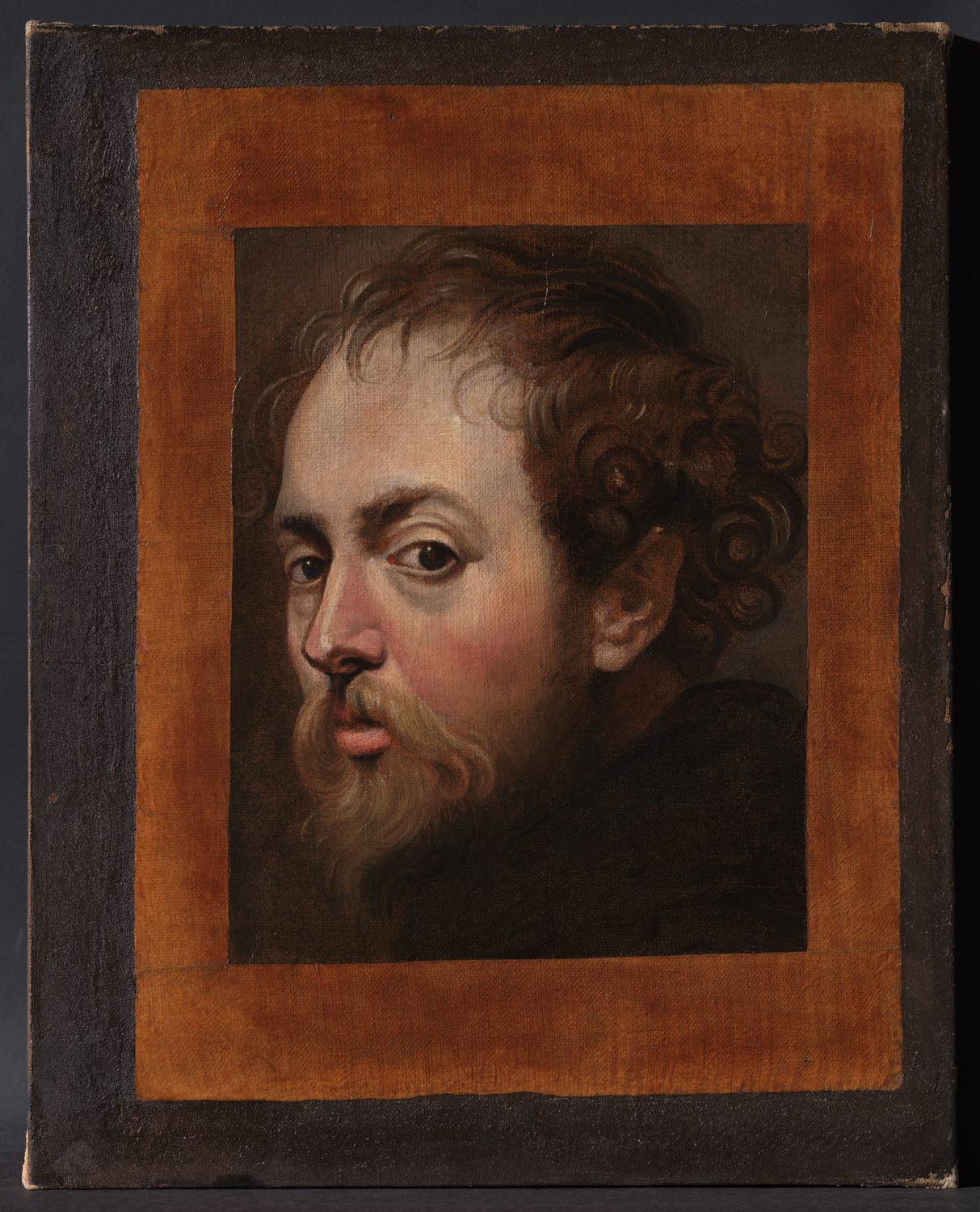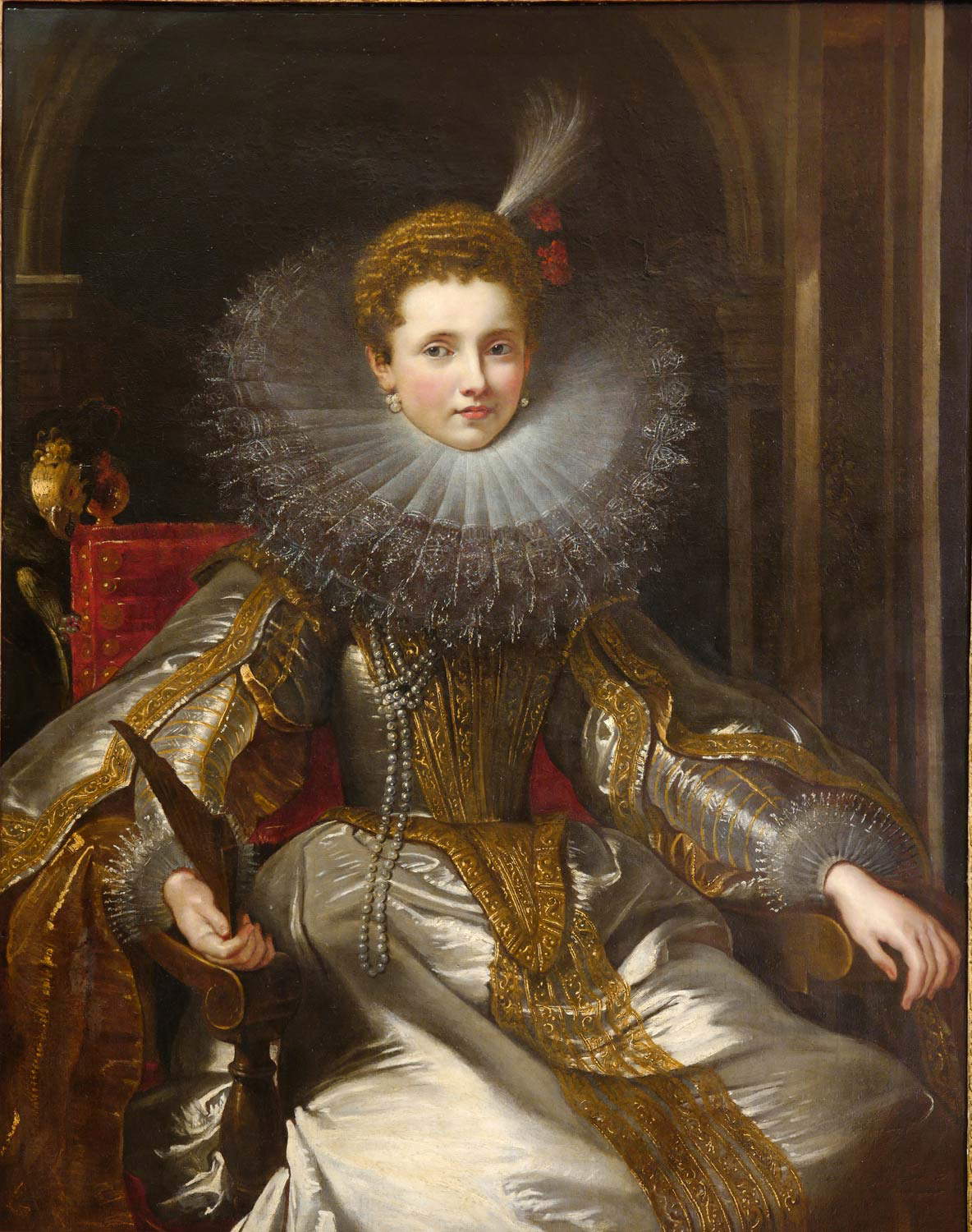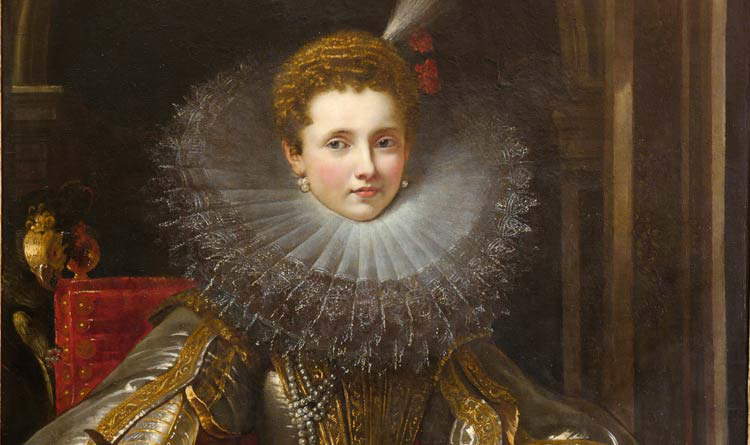Palazzo Ducale in Genoa is hosting, from October 6, 2022 to January 22, 2023, a major exhibition dedicated to Peter Paul Rubens (Siegen, 1577 - Antwerp, 1640), titled Rubens in Genoa, which will focus mainly on the relationship between the great Baroque artist and the Ligurian city. The exhibition, curated by Nils Büttner and Anna Orlando, is produced by the City of Genoa with Fondazione Palazzo Ducale per la Cultura and the publishing house Electa, with the support and participation of sole sponsor Rimorchiatori Riuniti S.p.A. The project was created on the occasion of the fourth centenary of the publication in Antwerp of Pietro Paolo Rubens’ celebrated volume, Palazzi di Genova (1622).
Rubens stayed in Genoa on several occasions between 1600 and 1607, also visiting it in the retinue of the Duke of Mantua, Vincenzo I Gonzaga, with whom he held the position of court painter. He thus had the opportunity to entertain direct and in some cases very close relations with the richest and most influential aristocrats of the city’s oligarchy. More than 150 works are presented in the exhibition, among which more than 20 works by Rubens from European and Italian museums and collections play the leading role, adding to those present in the city, thus reaching a number such as there had not been since the end of the 18th century in Genoa; that is, since the crisis of the aristocracy with the repercussions of the French Revolution initiated an inexorable diaspora of masterpieces to the collections of the world.
Beginning with the Rubensian nucleus, the narrative of the cultural and artistic context of Genoa in the era of its greatest splendor is completed by paintings by the authors whom Rubens for certain saw and studied (Tintoretto and Luca Cambiaso); whom he met in Italy and particularly in Genoa during his stay (Frans Pourbus the Younger, Sofonisba Anguissola and Bernardo Castello), or with whom he collaborated (Jan Wildens and Frans Snyders). Drawings, engravings, tapestries, furniture, ancient volumes, even clothing, women’s accessories and jewelry allow us to celebrate the grandeur of an artistic capital visited by one of the greatest artists of all time and confirm that appellation of Superb that was given to Genoa.


With Rubens and through what he saw and knew, with exceptional witnesses such as the works of art and thanks to the installation produced by Studio GTRF Tortelli Frassoni Associati, the story of the Republic of Genoa at the height of its power is told, when, at the beginning of the seventeenth century, it experienced a period of singular liveliness, not only economic and financial, but also cultural and artistic. The coordinated image of the exhibition will be created by the Tassinari/Vetta studio.
Among the works that return to Genoa, the city for which the Baroque genius created them by executing them for the wealthiest of the Genoese at the time, we can mention the Portrait of Violante Maria Spinola Serra from the Faringdon Collection Trust, exceptionally detached from the walls of the Buscot Park mansion in Oxfordshire, England: a hitherto unnamed lady, who thanks to studies in preparation for the exhibition is now recognizable. Other “homecomings” include the St. Sebastian from a private European collection, which has never been exhibited in Italy and was recently rediscovered and, thanks to an important documentary find, can now refer to the commissioning of the famous condottiere Ambrogio Spinola. Also on display for the first time in Italy is the youthful Self-Portrait, with a Rubens roughly 27 years old, which a private collector offered as a long-term loan to the Rubenshuis in Antwerp and which exceptionally returns to the country where it was executed, around 1604.
The exhibition is accompanied by a catalog published by Electa, which also publishes guides to the exhibition and to Rubens’ Genoa. The exhibition enjoys the collaboration of the City of Antwerp and the Centrum Rubenianum in Antwerp, the Embassy of Belgium in Italy, the Honorary Consulate of Belgium in Genoa, the City of Mantua, VisitFlanders, as well as the Genoa Chamber of Commerce. The City is working on activating other institutional partnerships with other Italian and European bodies and cities.
The Palazzo Ducale exhibition event is also an opportunity to activate a project entitled Rubens 22. A Network, conceived and curated by Anna Orlando, which involves more than 25 public and private entities, from the Strada Nuova Museums to the Accademia Ligustica di Belle Arti, from the Banca and Fondazione Carige to Palazzo della Meridiana, from the University of Genoa to the Fondazione Teatro Carlo Felice, together with the Archdiocese and many others: it is a network of collaborations, cognitive focuses, cultural appointments, extraordinary openings, collateral events and further exhibition projects.
In the city, visitors will also be able to follow a Rubensian itinerary to discover masterpieces in their permanent locations, such as the two altarpieces in the Church of the Gesù - The Circumcision from 1605 and The Miracles of Blessed Ignatius of Loyola from 1620 - just a stone’s throw from the Ducal Palace, still placed on their original altars. Also, the spectacular Portrait of Giovanni Carlo Doria on Horseback from the National Gallery of Liguria in Palazzo Spinola, one of the most monumental celebratory effigies of the Baroque Age. The itinerary in the city will be marked with real focuses, complementing the narrative told by the Palazzo Ducale exhibition, and will also touch on the 16th-century palaces that Rubens certainly visited, coming into direct contact with their owners and then reproducing them in his famous book in the 1622 edition and the immediately following one (circa 1626), both of which are on display in their originals in the exhibition.
#GenovaRubens is the hashtag through which it is possible to promote the exhibition and make the initiative “recognizable” on social media. At www.palazzoducale.genova.it one can follow all updates on the exhibition and on Rubens 22. A Network.
 |
| A major exhibition on Pieter Paul Rubens in Genoa with more than 150 works |
Warning: the translation into English of the original Italian article was created using automatic tools. We undertake to review all articles, but we do not guarantee the total absence of inaccuracies in the translation due to the program. You can find the original by clicking on the ITA button. If you find any mistake,please contact us.